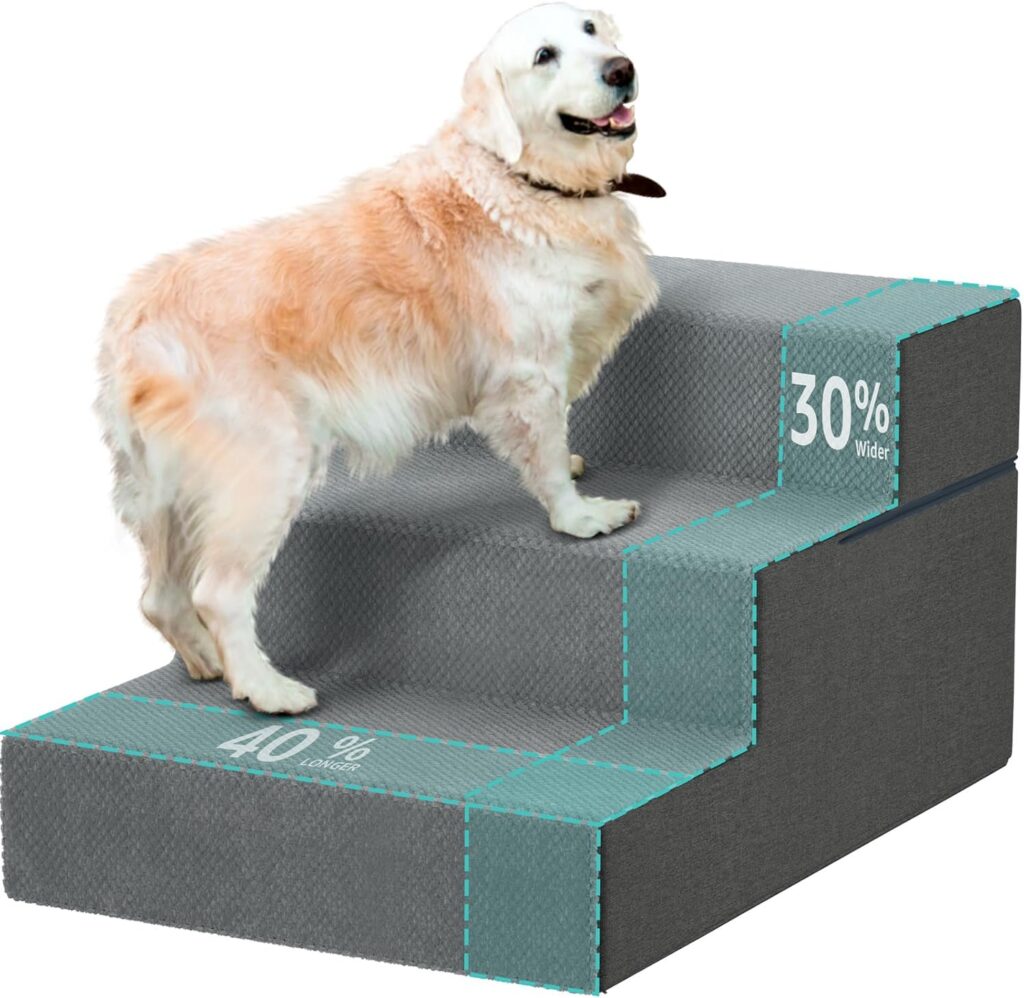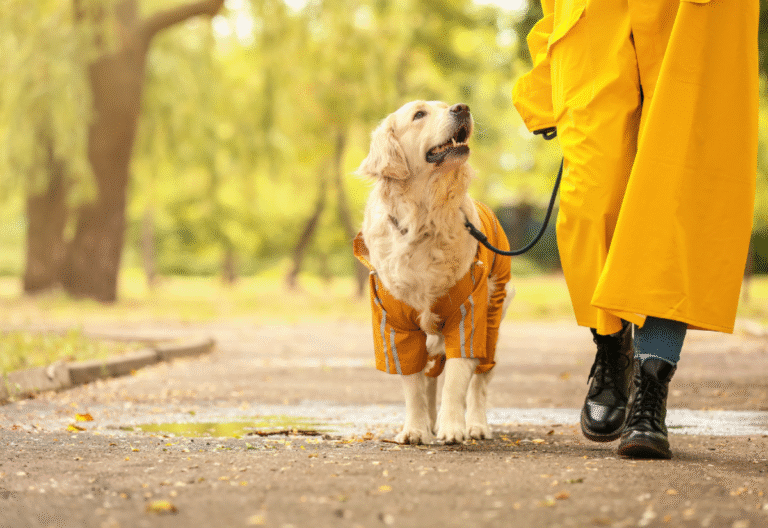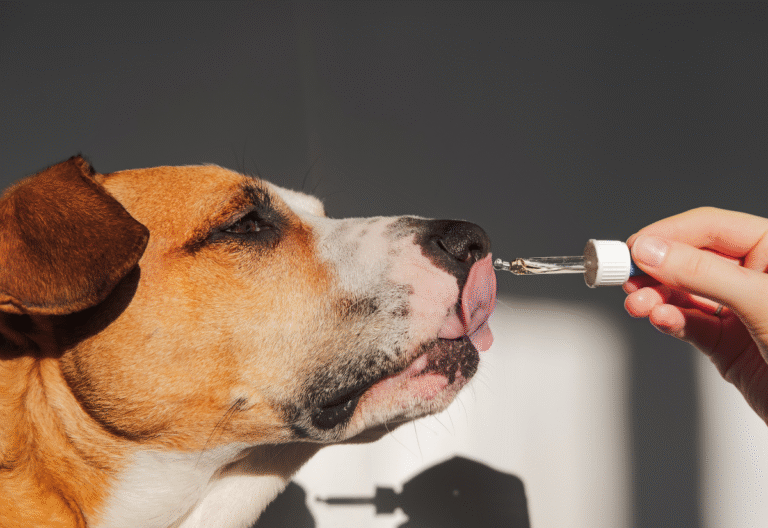Budget-Friendly Senior Dog Care: Prioritizing Expenses for a Happy, Healthy Pup
As your beloved canine companion enters their golden years, budget-friendly senior dog care: prioritizing expenses becomes a crucial skill every pet parent needs to master. Watching your furry friend age brings both joy and new challenges—including increased veterinary bills and specialized care needs that can strain even the most prepared budget.
The good news? You don’t need unlimited funds to provide exceptional care for your senior dog. By understanding which expenses matter most and where you can safely save, you can ensure your aging pup enjoys comfort, health, and happiness throughout their twilight years.

Understanding Your Senior Dog’s Changing Needs
Senior dogs, typically those over seven years old (though this varies by breed), experience physical and mental changes that require adjusted care approaches. Their bodies move differently, their energy levels shift, and their health needs become more complex.
Physical changes often include decreased mobility, joint stiffness, reduced vision or hearing, and changes in organ function. Mental changes might involve increased anxiety, altered sleep patterns, or cognitive decline. These natural aging processes create new care requirements that weren’t necessary during their younger years.
Common age-related changes include:
- Decreased mobility and joint stiffness
- Slower metabolism requiring dietary adjustments
- Weakened immune system needing more preventative care
- Potential cognitive changes affecting behavior
- Increased susceptibility to chronic conditions like arthritis, diabetes, or kidney disease
Recognizing these changes early allows you to adapt your care approach and budget accordingly, ensuring your furry friend remains comfortable and healthy throughout their senior years.
Prioritizing Essential Senior Dog Expenses
When it comes to budget-friendly senior dog care: prioritizing expenses, focus your resources on areas that provide the greatest impact on your dog’s wellbeing:
1. Preventative Veterinary Care (Top Priority)
Regular checkups become even more critical for senior dogs. Schedule bi-annual wellness exams instead of annual visits, as early detection of age-related conditions can prevent costly emergency treatments later. These visits should include:
- Comprehensive physical examinations
- Blood work to monitor organ function
- Dental health assessments
- Vision and hearing evaluations
2. Age-Appropriate Nutrition
Senior dogs benefit from specialized diets formulated for their changing nutritional needs. While premium senior dog foods may cost 20-30% more than regular kibble, they often contain:
- Higher quality, easily digestible proteins
- Joint-supporting ingredients like glucosamine
- Reduced calories to prevent weight gain
- Enhanced antioxidants for immune support
3. Comfort and Mobility Support
Investing in your dog’s daily comfort pays dividends in quality of life. Essential items include:

- Orthopedic bedding to support aging joints
- Non-slip rugs for better traction on smooth floors
- Raised food and water bowls to reduce neck strain
- Ramps or steps for easier access to favorite spots
4. Pain Management and Supplements
Work with your veterinarian to develop an appropriate pain management strategy, which might include prescription medications, natural supplements, or alternative therapies like acupuncture or hydrotherapy.
Recommended Products for Senior Dog Care
Essential Mobility and Comfort Products
Orthopedic Beds and Support Budget-friendly options with high-density foam and washable covers can still provide excellent support for senior dogs, with prices ranging from $50-300 depending on size and features. Look for:

- Memory foam beds with removable, washable covers
- Elevated cots for better joint support and air circulation
- Heated beds for arthritic dogs (especially beneficial in colder months)
Mobility Aids Stairs and ramps cost $75-300 and are essential for dogs with joint issues. Dogs both young and old can benefit from using dog mobility aids to help restore pain-free activity, including:

- Non-slip ramps for cars, beds, or couches
- Pet stairs with wider, deeper steps
- ToeGrips or nail grips for better traction on smooth floors
- Support harnesses for assistance during walks
- Wheelchairs or mobility carts for severe mobility issues
Joint Support Supplements Senior dog joint supplements target the joints, potentially supporting mobility and better quality of life. Popular options include:

- Glucosamine and chondroitin supplements
- Fish oil for omega-3 fatty acids
- Turmeric-based anti-inflammatory supplements
- Green-lipped mussel supplements
Specialized Senior Dog Products

- Raised food and water bowls to reduce neck strain
- Non-slip mats and rugs for better footing
- Dog diapers for incontinence issues
- Puzzle toys for cognitive stimulation
- Cooling mats for temperature regulation
Budget-Friendly Product Alternatives
DIY and Generic Options
- Human orthopedic pillows can substitute for expensive dog beds
- Pool noodles cut and placed under regular beds add support
- Yoga mats provide non-slip surfaces
- Baby gates help restrict access to stairs
Smart Strategies to Save Without Sacrificing Quality
Implementing budget-friendly senior dog care: prioritizing expenses doesn’t mean compromising on quality. Here are proven strategies to reduce costs while maintaining excellent care:
DIY Grooming and Basic Care
Learning basic grooming skills can save $50-100 monthly:
- Regular brushing prevents matting and reduces professional grooming frequency
- Nail trimming at home (with proper tools and technique)
- Basic ear cleaning and dental care
- Gentle massage for circulation and bonding
Medication and Treatment Alternatives
- Ask your veterinarian about generic medication options
- Inquire about compounding pharmacies for custom formulations
- Compare prices between veterinary clinics and online pet pharmacies
- Consider prescription discount programs
Community Resources and Secondhand Finds
- Local animal shelters often sell gently used mobility aids
- Pet parent Facebook groups frequently share or sell equipment
- Senior centers sometimes have pet supply exchanges
- Veterinary schools may offer discounted services through student clinics
Pet Insurance and Wellness Plans
While monthly premiums require upfront investment, pet insurance can significantly reduce unexpected veterinary bills. Many policies offer specific senior dog coverage, and some veterinary clinics provide wellness plans that spread routine care costs throughout the year.
Creating a Sustainable Senior Dog Care Budget
Successful long-term planning involves several key components:
Emergency Fund Development
Aim to save $1,000-3,000 specifically for pet emergencies. Senior dogs are more prone to sudden health issues, and having funds readily available prevents difficult financial decisions during crisis moments.
Monthly Budget Allocation
Track your senior dog’s monthly expenses for 3-6 months to establish baseline costs. Typical senior dog monthly expenses range from $100-300, depending on health status and care level required.
Health Record Maintenance
Keep detailed records of your dog’s medical history, including vaccinations, medications, and test results. This documentation prevents unnecessary duplicate testing and helps new veterinarians understand your pet’s health journey quickly.
Financial Assistance Resources
Research local and national organizations offering financial assistance for senior pet care:
- The Pet Fund provides financial assistance for non-basic veterinary care
- RedRover Relief offers emergency financial assistance
- Local animal welfare organizations often have hardship programs
- Some veterinary colleges provide reduced-cost care through teaching programs
Maximizing Quality Time Together
Remember that the most valuable aspects of senior dog care don’t always cost money. Spending quality time, providing gentle exercise appropriate for their mobility level, and maintaining consistent routines contribute significantly to your dog’s mental and emotional wellbeing.
Simple activities like short walks, puzzle toys for mental stimulation, and calm interaction help maintain your bond while supporting their cognitive health. These moments are priceless and don’t impact your budget.
Final Thoughts

Caring for a senior dog presents unique challenges, but with thoughtful planning and strategic resource allocation, you can provide exceptional care while maintaining financial stability. The key to successful budget-friendly senior dog care lies in understanding your pet’s specific needs, prioritizing expenses that offer the greatest health benefits, and utilizing available resources creatively.
Remember that every senior dog’s journey is unique. What works for one may not be suitable for another, so maintain open communication with your veterinarian and adjust your approach as your dog’s needs evolve. The golden years can truly be golden when approached with both heart and smart financial planning.
By focusing on preventative care, making informed purchasing decisions, and preparing for potential challenges, you’re ensuring your faithful companion receives the love and care they deserve throughout their entire senior journey. The investment in their comfort and health during these precious years creates lasting memories and demonstrates the depth of the human-animal bond that makes pet parenthood so rewarding.
💌 Want more tips on caring for your aging pup? Join our email list today and get the latest advice on senior dog care delivered straight to your inbox.






